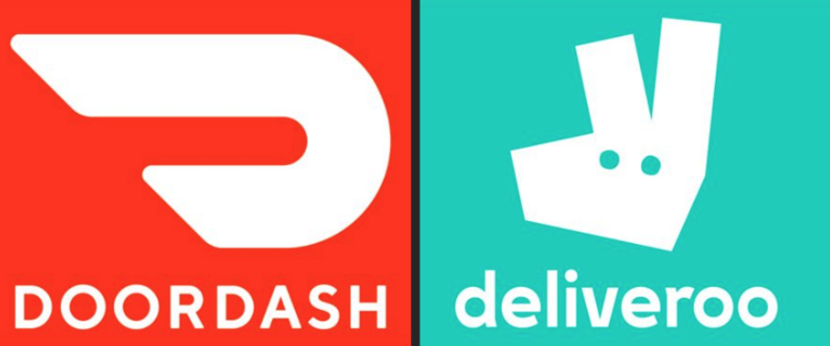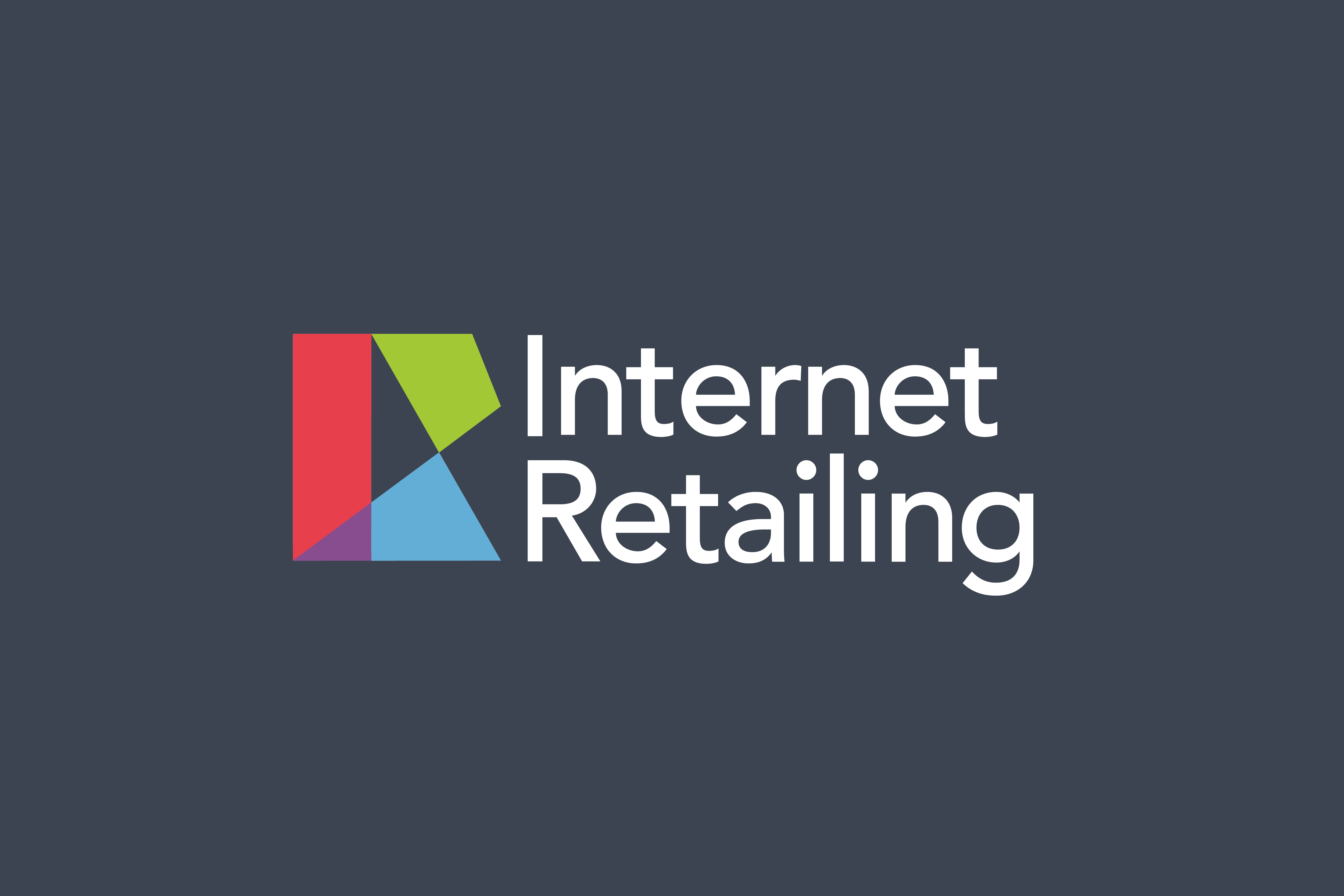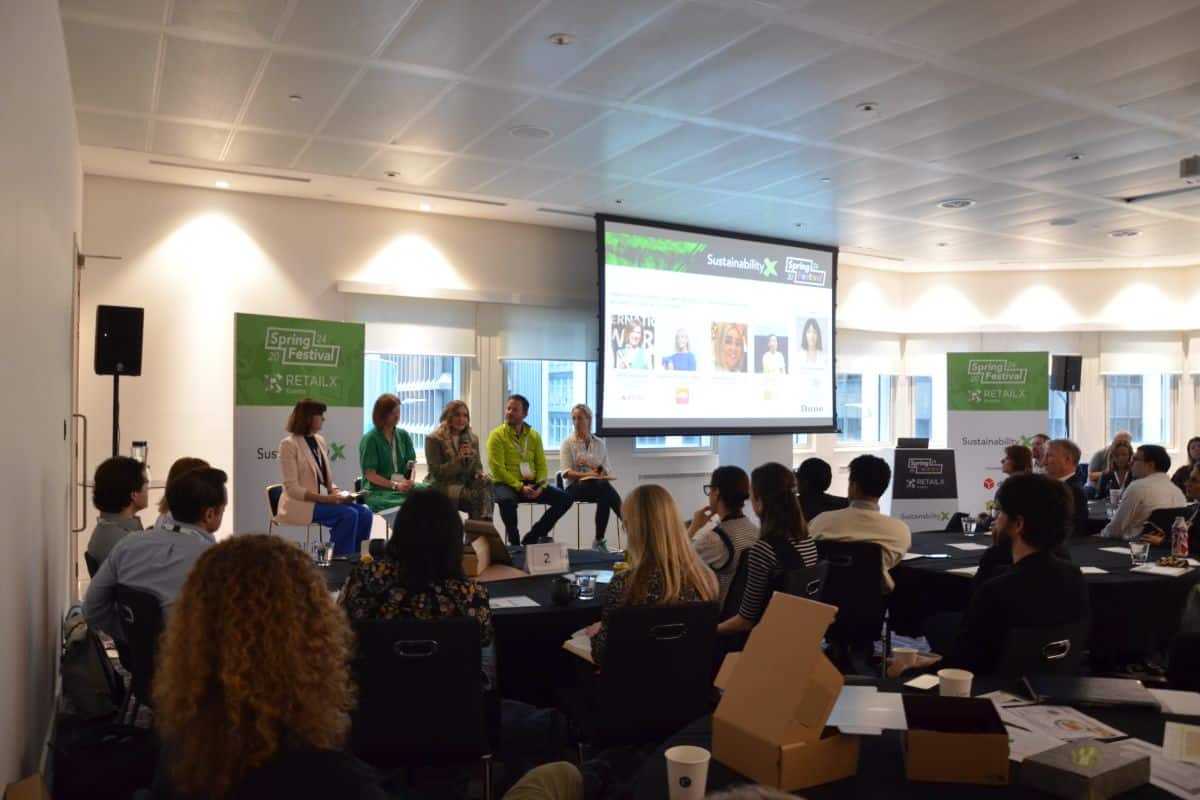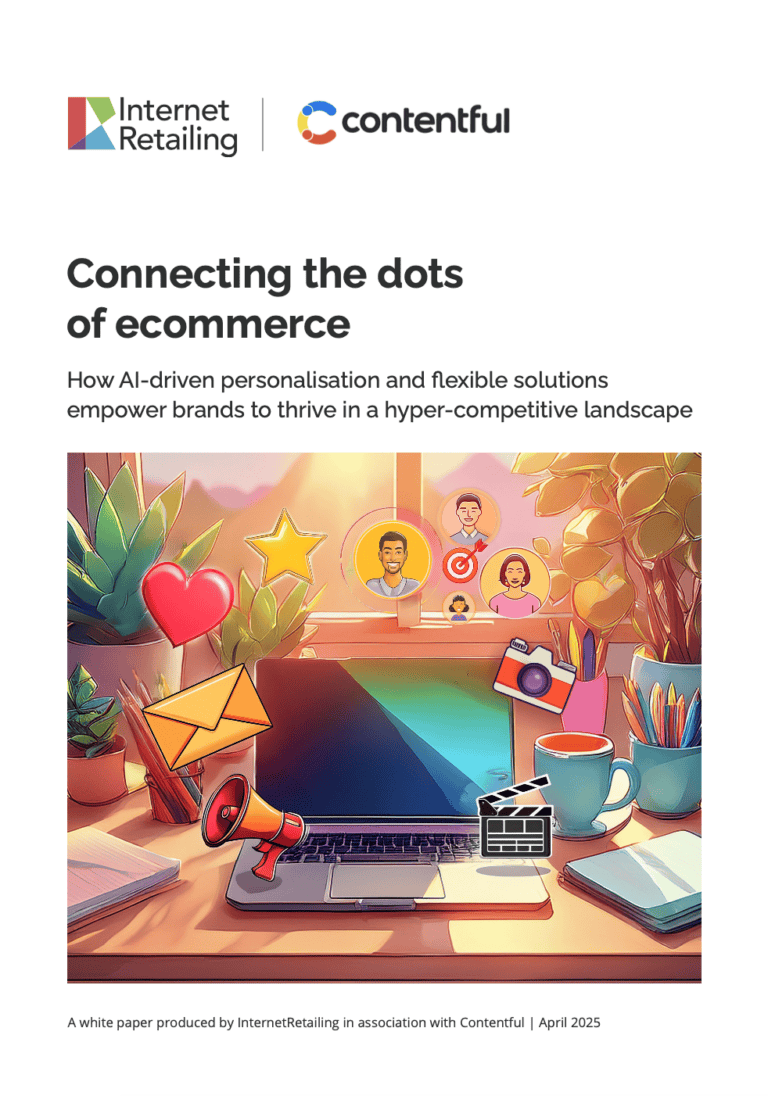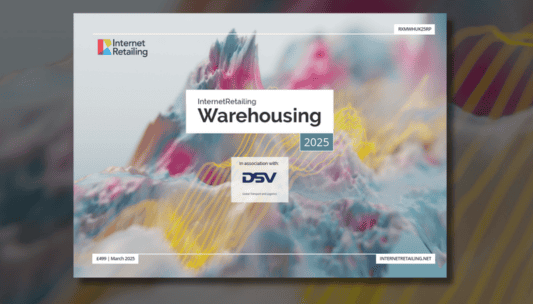Facebook Advertising, Best Practice for Retailers – June 9 2011
By Chloe Rigby
At a time when Facebook is becoming an increasingly important channel for retailers to communicate with their customers, there’s a growing imperative to find out how they can most effectively use the social networking site. Internet Retailing hosted a webinar to gain some best practice advice from Phil Clayton, of Facebook’s business solutions, Nick Allan, European sales director at Marin Software and Rebecca Momberg, European product strategist at Marin Software.
Advertising on Facebook presents an enormous, and fast-growing, opportunity for retailers to advertise, said Nick Allan, of Marin Software, as he opened the Facebook Advertising, Best Practice for Retailers webinar. Facebook Adverts were only launched in 2007, and their API released in 2009, but already they generate nearly $2bn in turnover around the world.
“Whilst the growth has been very explosive, the potential for growth in the UK is also exceptional,” he said. Social networking accounted for 25% of consumer time spent online in the second half of 2010, he said, citing IAB figures, but for only 5% of online advertising spending. Much of the future growth in spending on Facebook advertising is expected to come from outside of the US, with a large percentage of from the UK.
Allan said now was a good time to develop campaigns for Facebook, building first mover advantage in the field while acquisition costs are still low.
Outlining best practice tips for retailers advertising, Rebecca Momberg, European product strategist for Marin, said it was important for advertisers to leverage existing demographic information about target audiences – and that retailers, with their strong customer insight, had a real advantage here.
Information about likes and interests discovered through search marketing could be used to design campaigns for Facebook, connecting to the existing fan base. She cited a recent campaign by a client that reached out to the friends of the existing fan base, driving more than 30% in additional sales.
Facebook Adverts allows advertisers to segment their audience through filters such as gender, likes, interests and age, and reach out to them through specific advertising. Amateur images could mirror the look and feel of most people’s Facebook page. Images of the audience being targeted, whether male, female or families, were also very effective, she added.
“It’s very important to keep creative fresh,” she said. “Average consumers spend around four hours a week on Facebook and if you’re showing those ads to them repeatedly they will experience a form of ad blindness meaning they are less likely to click on your ad.”
Moving to the Facebook page, she said that maintaining the corporate look across the social networking site was often effective, while offering a loyal fanbase Facebook-specific promotions could be a very useful way to reward them.
Adjusting spend and messaging across different online channels was a priority. Consumers exposed to social media were 50% more likely to click on search ads, for example, while social media and search engines gave a higher conversion rate than social media alone. Marin Software’s tools allowed companies to work out which paths consumers have taken when buying.
Citing the case study of a multichannel retailer who wanted to drive traffic both to the store and to buy online, Momberg pointed to the use of promotional ads targeted to women in the core demographic. A social discount coupon was issued to fans who ‘liked’ the brand, that could only be used in the store. The online fanbase increased as a result and an increase in traffic to bricks and mortar stores was also found.
Another client, Path Interactive, was looking to build a fan base for remarketing, but found that too much time was being spent calculating and adjusting Facebook bids manually. Using Marin Software’s tools the company saw click-through rates increase by up to 35% while cost-per-like fell by 30% and time spent on reporting fell by 20%.
Phil Clayton, of Facebook’s business solutions, then took a look at how the online world – including retailers – were now organizing around people in what he termed an ‘era of discovery’. Amazon, for example, shows shoppers what other items were bought by people who bought their products. The rise of Groupon was built on using people power to negotiate better deals.
“Facebook is all about people,” he said. It’s authentic, real identities connecting with various different things that they are interested in and people they want to have connections with, whether that be brands, family or work colleagues.
“This provides us with a wealth of affinity data and experience data that we can really start drilling down into as to who these guys are, what would be relevant to them and what they’re most likely to want to engage with.”
Because people organised their Facebook pages around the things that they care about, advertisers must appeal to and target a Facebook audience through those things, he said. By driving traffic and customer engagement they would drive sales.
Ways to drive traffic included the ASU ad format, running down the right hand side of profile pages. Larger premium display ads appear on the left hand side of the page. But a more integrated approach might include driving traffic to a customized Facebook page, as Levi’s does, which then links to its website.
Building fanbases is important for retailers: this gives them a way to engage customers and provide content that they may share with friends and drive traffic to the page and ultimately the retailer’s website. “But,” said Clayton, “the reality is that fans are the beginning. What’s even more powerful is how fans are impacting their friends.” A brand with 500,000 fans then has the ability to talk to 16m of their friends. “We know this can create quite significant uplift in key metrics such as brand recall, message awareness and purchase intent.”
Social shopping on ASOS, for example, built on this by allowing browsers on their store to ask their friends what they thought of their potential purchases. Argos created a Christmas wishlist that Facebook users could share with their friends. In the US, Walmart asks its 3m-strong fanbase if they are interested in a product and in saving on the cost of that product. If enough people are interested in the deal, it will be delivered.
Social shopping experiences on Facebook include Hugo Boss’ example of clicking through from a video on the Facebook page in order to make a purchase. In Ireland, mobile group Meteor.ie has fully integrated its ecommerce website and Facebook page. Deals offered on the Facebook page can be ‘crowdsaved’ by sharing with friends and encouraging them to buy too in order to achieve a better price.
In the US, My Amazon sees customers log in with their Facebook details and see their page built around their Facebook interests, and also recommending gifts for friends based on their personal data. That approach is also set to come to the UK soon, said Clayton.
It seems that social shopping could soon be changing the way that all of us, whether consumers or retailers, do business.
To hear the webinar for yourself, to view the accompanying slides and hear the question and answer session, visit the webinar page on the Internet Retailing page: https://internetretailing.net/events/webinars/
